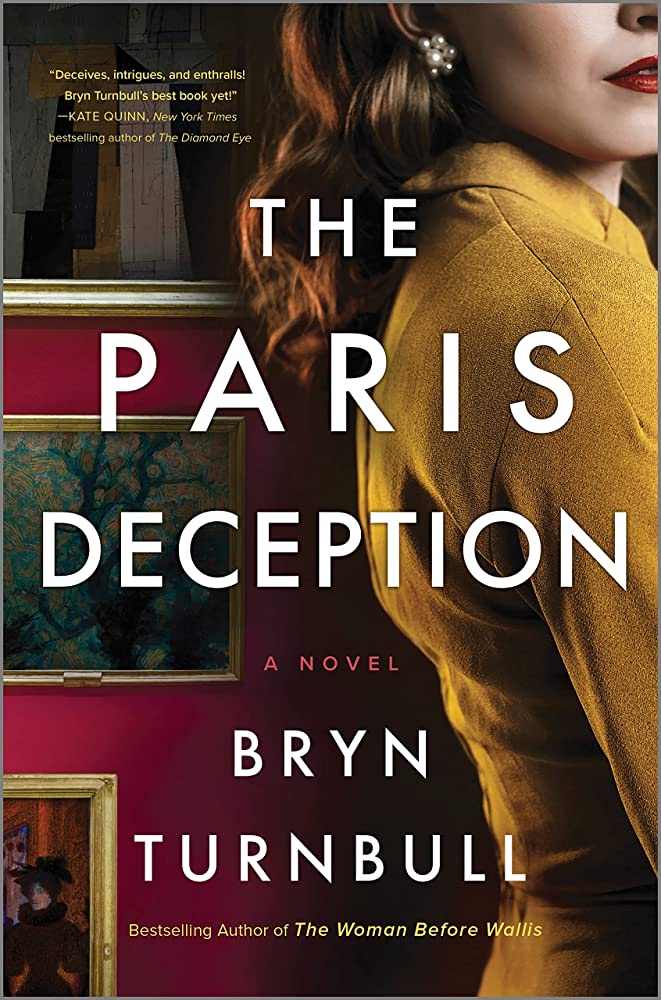
Author Bryn Turnbull masterfully transports us to WWII Paris, where Sophie joins real-life character Rose Valland at the Jeu de Paume which has been taken over by the ERR (who have stolen art from Jewish families). Sophie must put the past aside, and enlist the help of her former sister-in-law to keep the art from being lost forever.
Get an inside look at The Paris Deception where Bryn shares what inspired her to write the novel, which actresses she pictured in the roles of Sophie and Fabienne during the writing process, and more.
First of all, I have to let you know how much I LOVED your latest novel, The Paris Deception. When did you first come up with the idea for the storyline for the book?
Thank you so much! I’m so pleased you enjoyed it. It’s a bit of a departure from my first two novels, and I really enjoyed the process of writing it.
The story came out of a challenge set to me by my brother to write a book inspired by his favorite movie, The Thomas Crown Affair. I had recently discovered the real-life story of Dutch art forger, Han van Meegeren, who sold a fake Vermeer to Hermann Goering during WWII, and the two threads came together in my mind: the story of a forger and an art heist, set during the Second World War.
Alongside the fictional characters from the book was real-life resistance fighter, Rose Valland. Tell me about some of the research that went into her character.
My first two books were inspired by real historical figures – Thelma Furness and Grand Duchess Olga Nikolaevna – and when I started researching what would become The Paris Deception I was extremely interested in the wartime heroism of Rose Valland, the assistant curator who used her position at the Musée Jeu de Paume to spy on the Germans and pass the information on to the Resistance. I had initially envisioned a book with her at the center, but as I started doing my research (including reading her memoirs in French) it became clear to me that Rose – who was a fairly retiring person in life – didn’t want to be in the spotlight in my book, so Sophie became my eyes and ears within the walls of the Jeu de Paume. Sophie is very much inspired by Rose Valland – I see them as kindred spirits. She shares Rose’s indomitable spirit, her iron composure, and her conviction in right and wrong.
If you had the opportunity to have met Rose in real life, what would you have asked her?
I would be interested in knowing how she managed to keep her nerve during the long years of the ERR’s tenure at the Jeu de Paume. She was fired multiple times by the Germans but she kept managing to finagle her way back into the museum, kept a close eye on all of the ERR’s activities so she could send detailed notes to the Resistance, kept the museum running on an even keel (apparently she was the only reason the finicky boiler didn’t go out throughout the war), and managed to stop a train loaded with art from reaching the German border – all while expertly concealing the fact that she spoke fluent German.
She also kept her cool when the Allies came into the museum after the Liberation of Paris and held her at gunpoint because they suspected her of harboring German soldiers amongst the artwork – naturally, they found nothing but the art she’d devoted her life to protecting.
As an art lover, tell me how you researched the artwork mentioned in The Paris Deception.
Most of the research I did on artworks referenced in The Paris Deception came from the ERR Project, an online database that is dedicated to restituting artwork and religious items stolen by the Einsatzstab Reichsleiter Rosenberg (the ERR) from victims of the Holocaust. This volunteer-run organization was a remarkable resource because it contains a comprehensive database of the artworks that were processed by the ERR at the Musée Jeu de Paume, along with detailed historical and archival information about the artwork’s owner, provenance, and, crucially, whether the artwork was returned to the owner’s family or not.
Because many of the works of art that passed through the Jeu de Paume remain unaccounted for – or, in some sad cases, in the hands of people or galleries who acquired them under questionable circumstances – I only referenced real-life paintings with well-established provenance: for example, Vermeer’s Astronomer, Picasso’s Portrait de Madame Rosenberg et sa fille, and Dali’s Swans Reflecting Elephants. For that same reason, the artworks that Sophie and Fabienne forge in the book are all imagined.
Through your descriptions, you really brought WWII Paris to life, including real-life locations like Jeu de Paume. What inspired you to write a novel set during this time period, and in Paris in particular?
Thank you! I’ve always been fascinated by the Second World War, and it seems to be something of a rite of passage for historical fiction authors to tackle this period in history. The notion of resistance – what constitutes resistance – really fascinated me, because there are so many incredible stories about women who fought alongside the French Resistance, but what about those who didn’t formally join up – how did they resist during the Occupation? Not everyone in France took up arms or worked a suitcase radio for the Allies. What did resistance look like for those who didn’t fight outright?
Out of all of the characters in the book, which character was the hardest to write, and which one did you feel the most connection with?
I would say that both Sophie and Fabienne contain aspects of me, but Fabienne is the character I felt the most connection with. I found Richter very difficult to write, in terms of his genteel cruelty.
If The Paris Deception were turned into a feature film who would you envision to play Sophie & Fabienne?
This was the first book I wrote where my characters weren’t based on historical people: both Sophie and Fabienne are fully fictional creations. I found it quite hard at the start to get a sense of who they were – it’s not easy building a person from scratch! – but I’d read an interview with Pedro Pascal who said that one of his tricks when he’s first getting to know a character is to create a scrapbook for them. I ended up doing the same with Fabienne and Sophie, and so I cast them quite early in my mind when I was putting those scrapbooks together: I envision Holliday Grainger as Sophie and Jodie Comer as Fabienne.
What has been your favorite press event for the upcoming release of The Paris Deception?
At the start of May, I was asked to moderate a panel for a Historical High Tea event at the King Edward Hotel in Toronto, with Janie Chang, Jennifer Robson, and Pam Jenoff. It was a complete highlight to spend time with them and with so many passionate and lovely readers. My first two books came out during the pandemic, so I still find in-person events to be delightful novelties.
I already can’t wait for your next book! Are you working on your next novel, and if so, can we get a sneak peek?
Why thank you! Yes, I’m hard at work on Book 4, though I’m taking a bit of a break from it at the moment to focus on enjoying The Paris Deception’s moment in the sun. It’s about a couple that gets separated by the construction of the Berlin Wall.
The Paris Deception releases May 30th. Pre-order your copy.
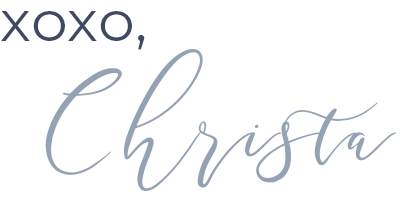


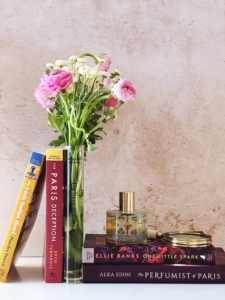

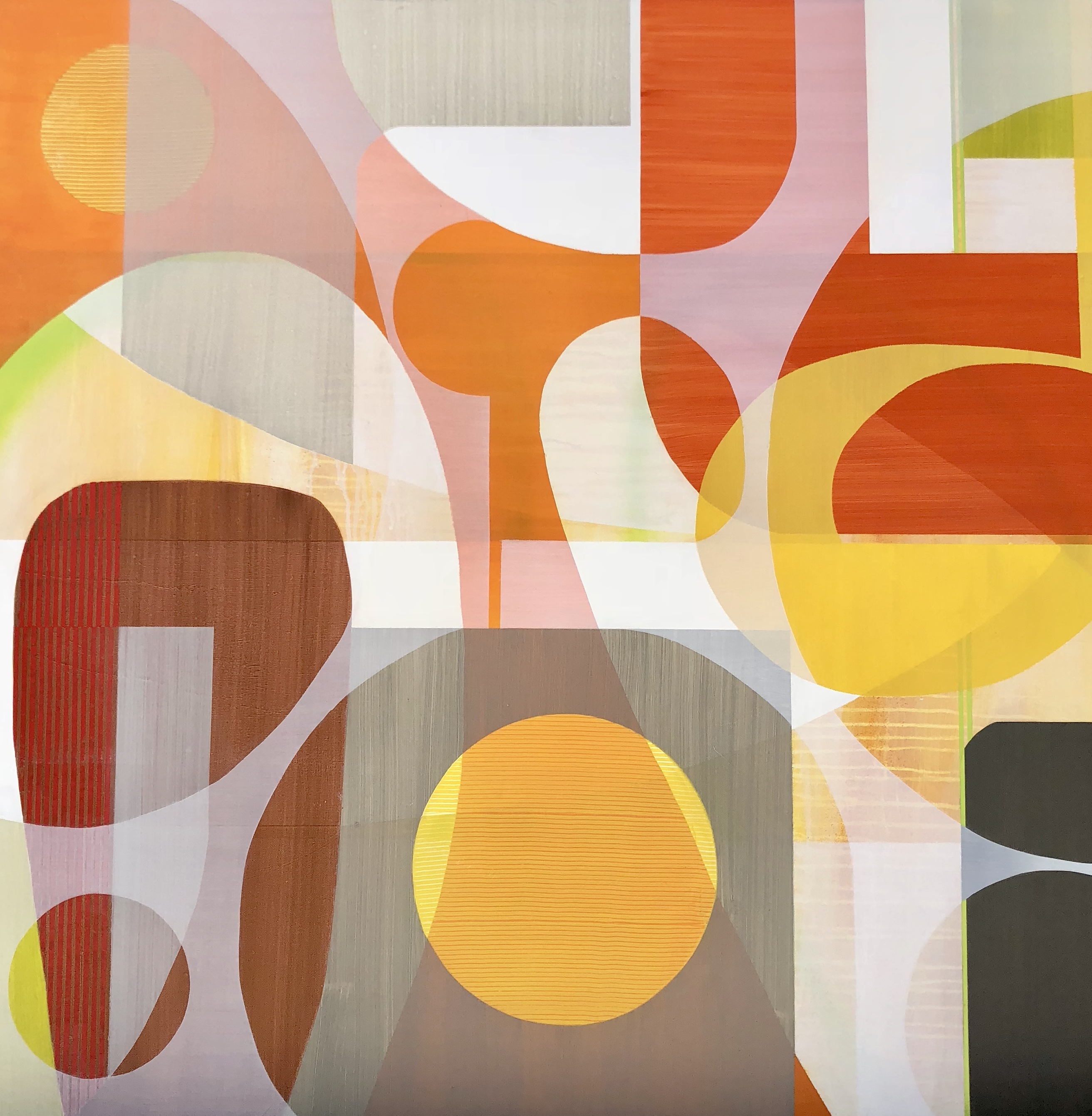
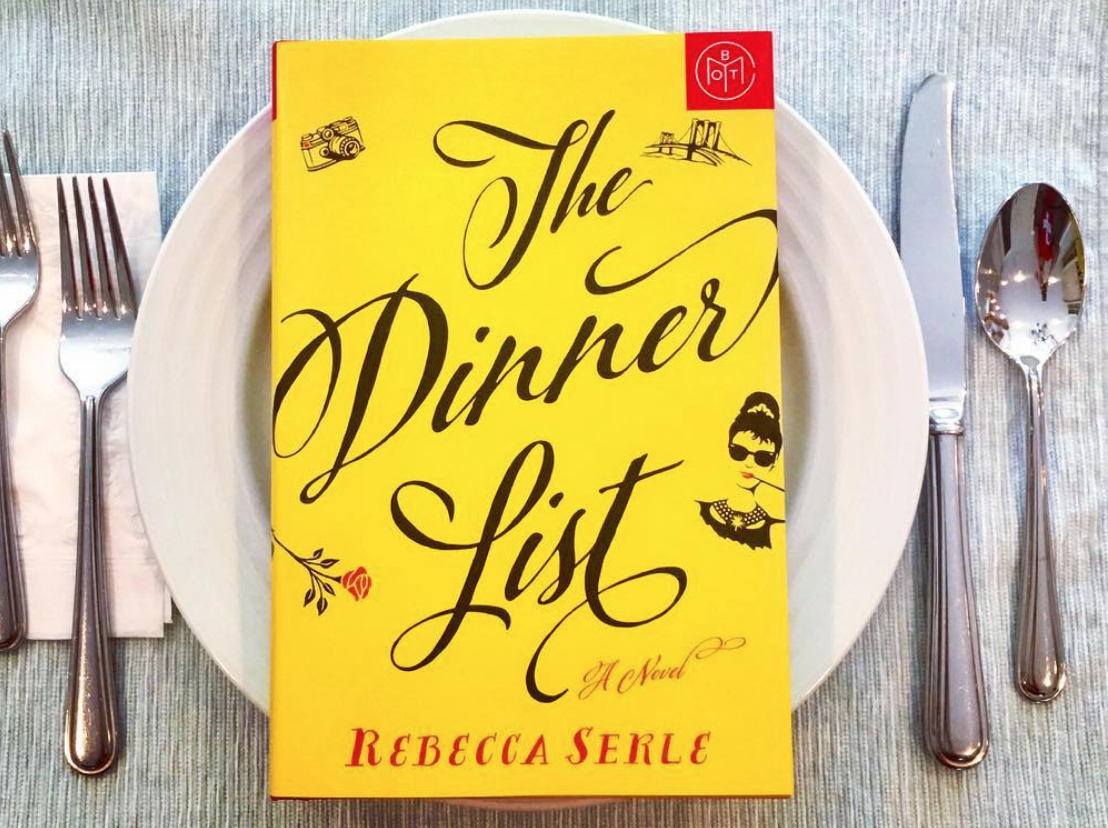

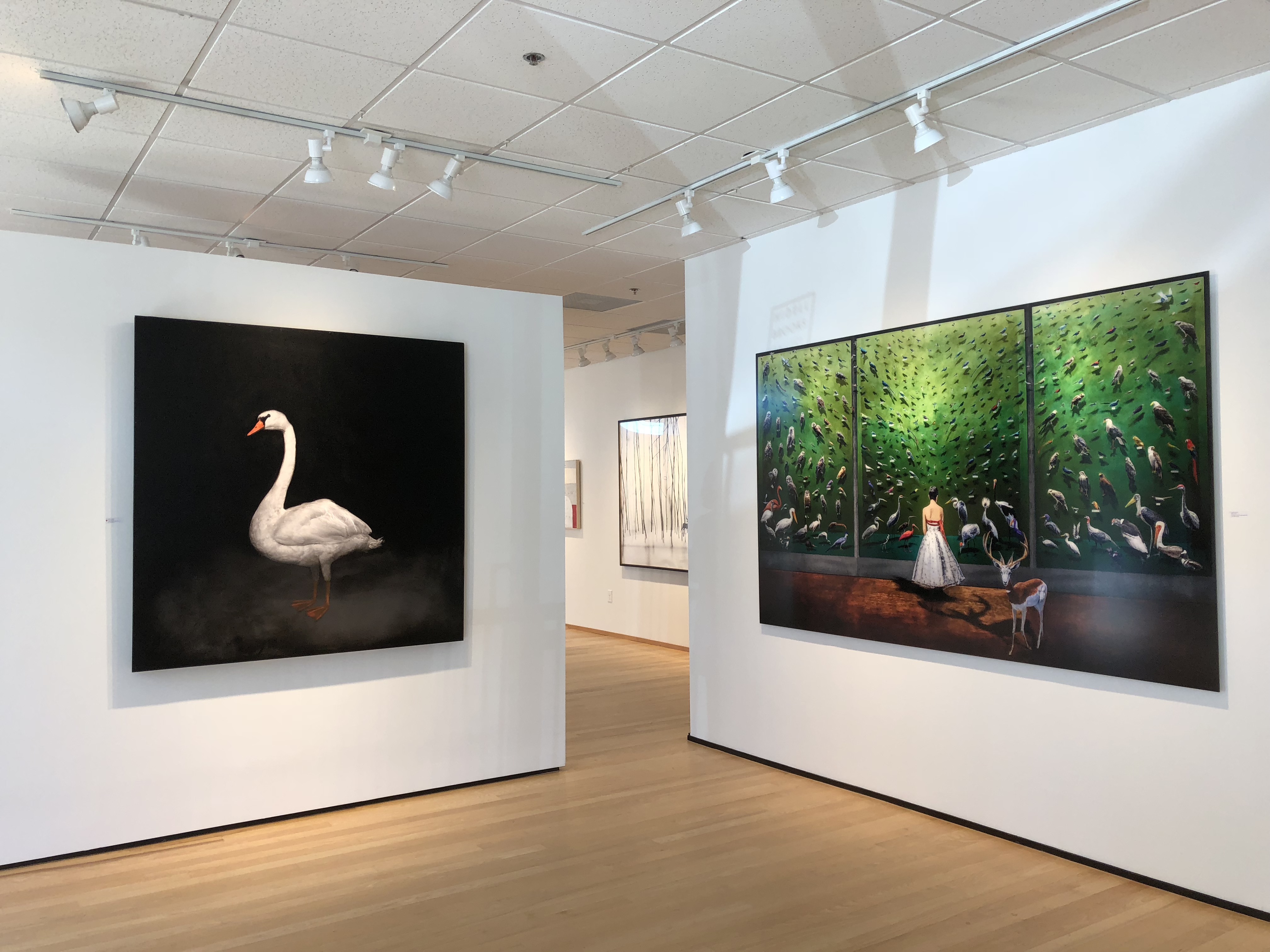
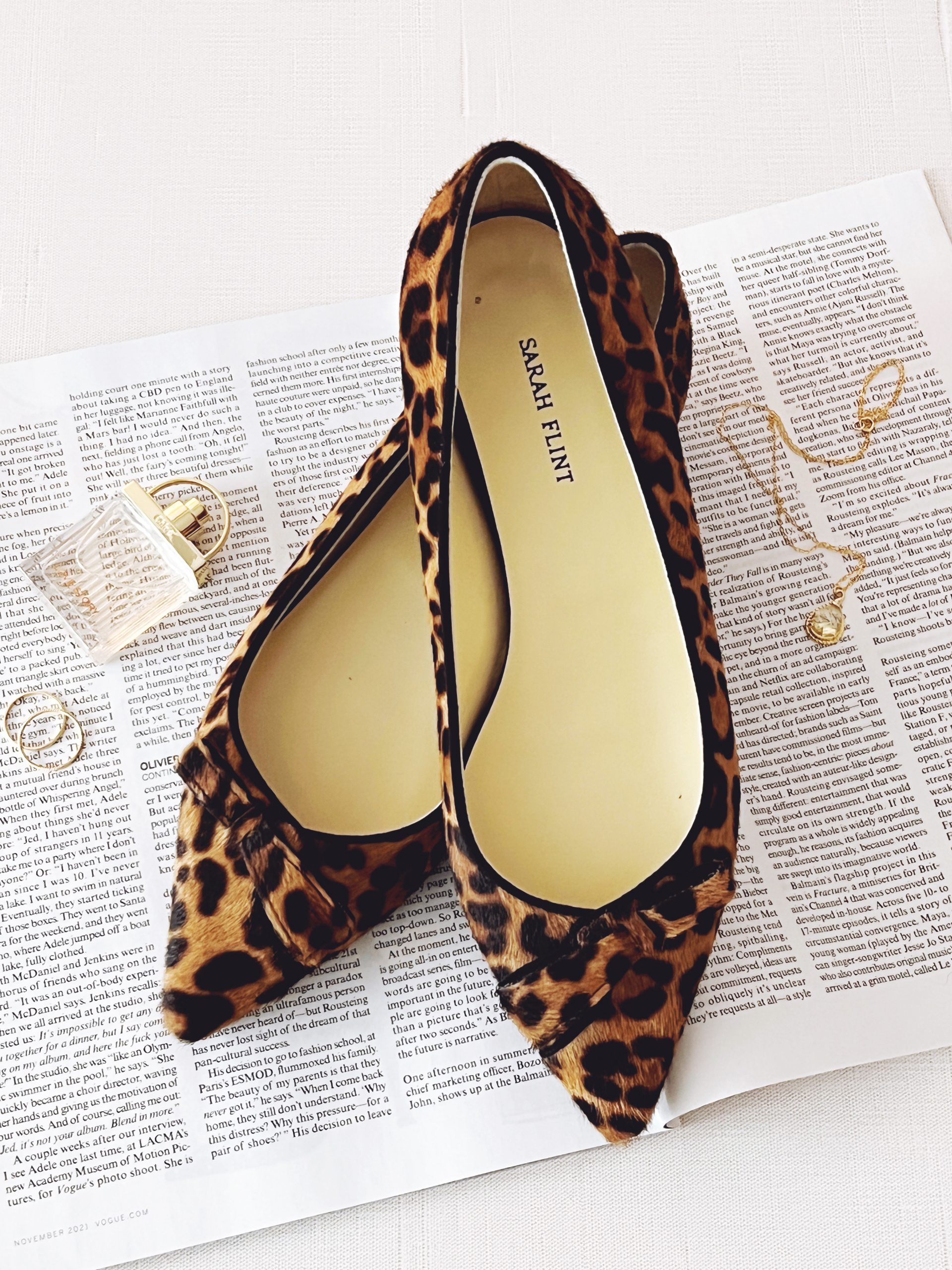
Can’t wait to read!